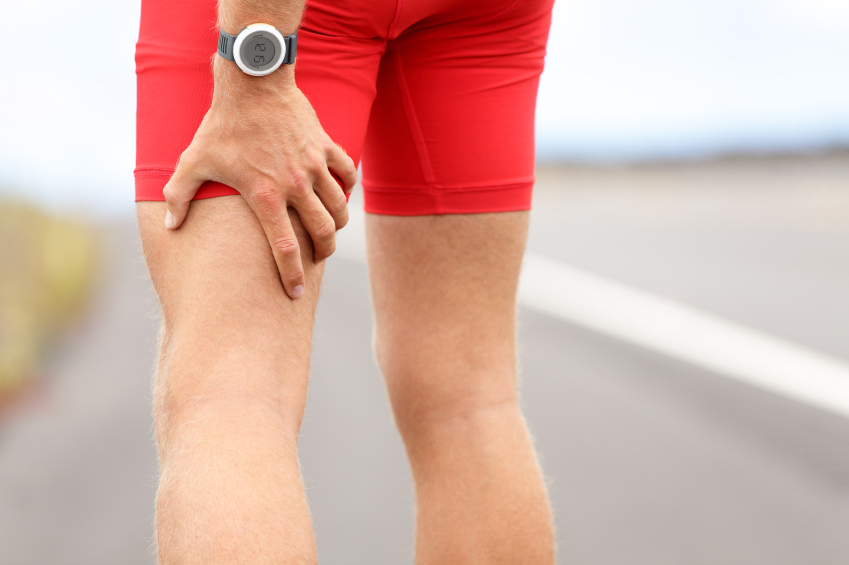
“For several years I have felt tightness and soreness in my right hamstring. I don’t remember hurting myself, so what could be the problem?”
Based on your description, it seems we can rule out an actual hamstring injury. There are several other possible sources of your pain and they all involve referral of pain.
A lumbar facet joint with restricted mobility can result in tightness in the hamstring.
Decreased neutral mobility of certain lumbar nerve roots, or the sciatic nerve, may result in hamstring pain.
Trigger points in certain hop muscles may refer pain to various areas of the leg.
Spine arthritic changes can result in inflammation, which then may refer pain into the leg.
This list is only a few possibilities. Consultation with a physical therapist to determine the cause of your pain would be beneficial. Techniques I often use for these problems include neural mobilization, dry needling, joint mobilization, and various stretching and strengthening exercised.
Tim Minnick, PT

